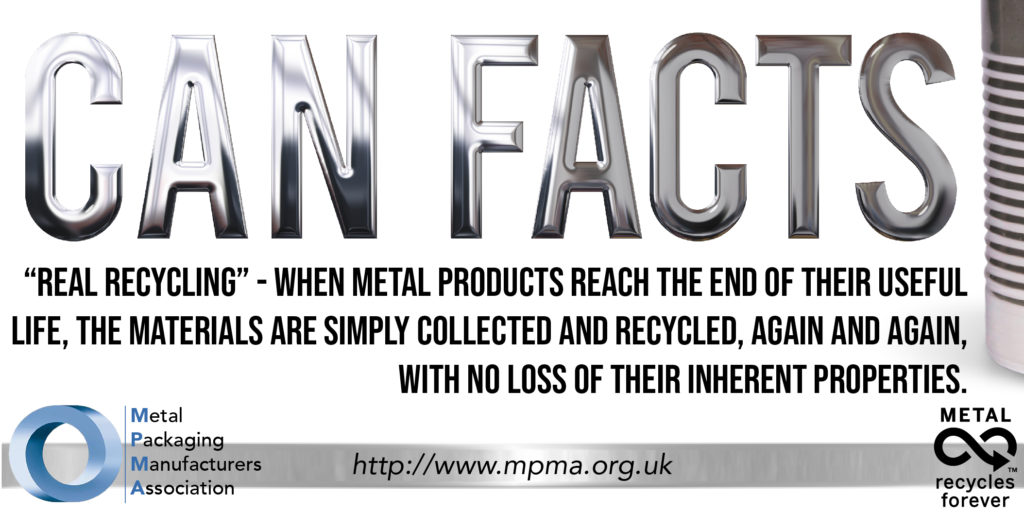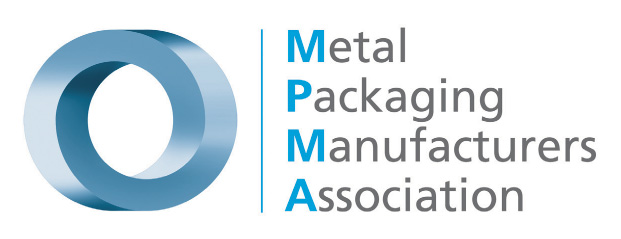Latest post from MPMA CEO, Robert Fell.
It’s something of a relief that both consumers and legislators finally seem to have realised that it’s not good enough for a piece of packaging to be recyclable in theory, it must be recycled in practice.
It appears, thank goodness, that the days of presenting collection rates as recycling rates are numbered, and the time has come for honest and accurate actual recycling rates to be quoted.
And also that the different packaging formats are to be judged against the same Life Cycle analysis rules (LCA) and not against a myriad of LCA’s cleverly truncated or manipulated to show that particular material or product in its best light.
The Circular Economy is rightly here to stay and all products, including packaging, must be judged against its principles, a key one, of course, being the ability to re-use and reintroduce materials back into the economy each time they are finished with.
With this in mind, it’s worth noting that both the EU and UK are intending to introduce Extended Producer Responsibility legislation in 2023.
In fact, earlier this year the UK Government put out a consultation on this very topic: Reforming the UK Packaging Producer Responsibility system (EPR).
Included in the Extended Producer Responsibility discussions both in Europe and the UK, is a proposal to introduce modulated fees depending upon the determined classification of the pack or substrate in question. The concept being that the more sustainable and more easily recycled, the lower the fees, and vice versa.

If we add to this that the UK government is also currently looking at mandatory on-pack labelling, and that the organisation responsible for the UK’s current on-pack labelling scheme, OPRL, is also looking at updating their on-pack labelling scheme, we can easily understand the enormous pressure on the various players in the packaging sector to achieve a good classification to ensure their particular material or product is not disadvantaged.
So it does not take much imagination to realise that all the packaging formats are going to lobby like crazy to ensure that any legislation or schemes introduced have the least impact on them as possible, even if their products are not particularly recyclable!
Going forward, a good classification, and lower costs, will enhance a packaging material’s ability to compete, a bad classification could seriously affect its ultimate viability.
Consequently, there is an enormous responsibility on the regulator to get this right, for it to be accurate, and reflect the reality of the situation regarding recycling and not distorted by heavy duty but biased lobbying.
It’s also the responsibility of the regulator to sense check any proposals to ensure there are no unintended consequences lurking within their details.
To respect the ethos of the Circular Economy, a status of recyclable must mean that if placed in the recycling stream it will be collected, it will be recycled and it will be reused.
Anything less is no longer acceptable, and we’ve all seen the photos that make that particular case.

